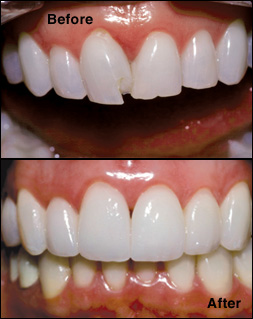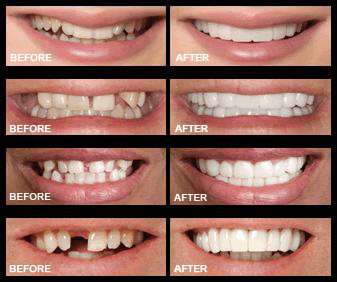When you visit our dental practice, Dr. Cancio and his team will perform a thorough assessment of your oral health. As a new patient, you’ll receive a complete evaluation of your teeth and oral tissues. If your bite is misaligned or you have missing teeth, a diagnostic impression may be required. During your examination, we will use digital X-rays and an intraoral camera so that you can see images of your teeth and gums greatly magnified on a computer monitor. This will allow you to better understand the problems we find and our proposed solutions.
General Dentistry
The prevention, diagnosis and treatment of a wide variety of conditions, disorders and diseases affecting the teeth, gums and maxillofacial (associated with the jaw and face) region of the body.
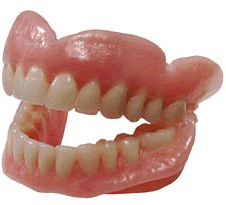
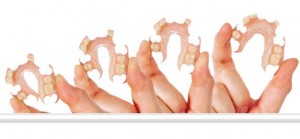

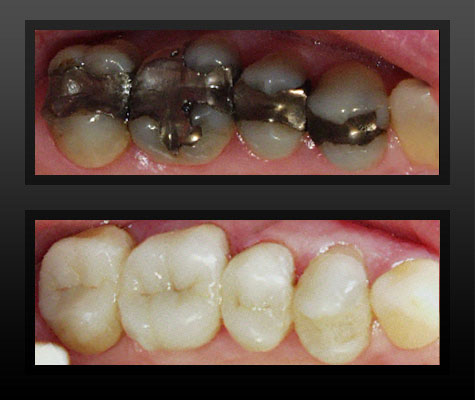
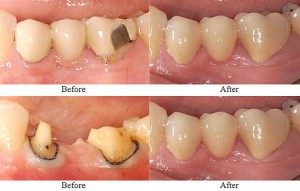
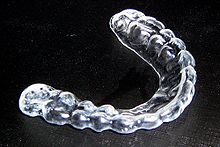

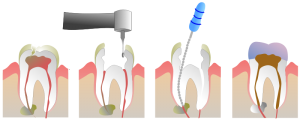
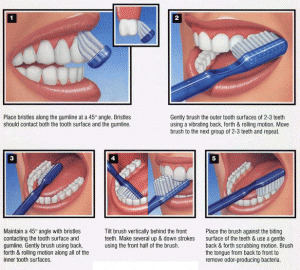
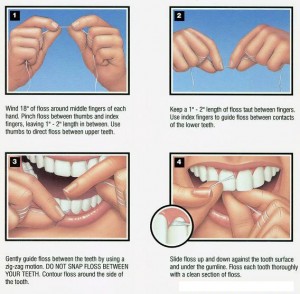
Orthodontics/ Braces
Cosmetic Dentistry
The focus on improving the appearance of a person’s teeth, mouth and smile. Using the latest in technological advancements in natural looking and tooth colored dental materials to bring the patient to a more pleasing appearance.
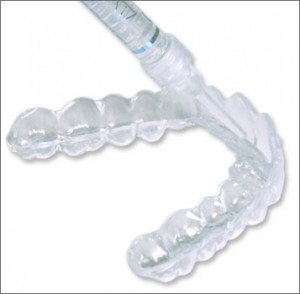 .
.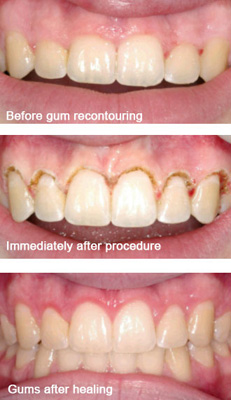
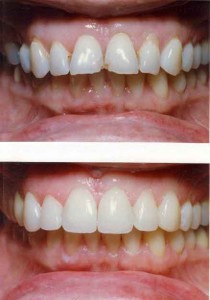

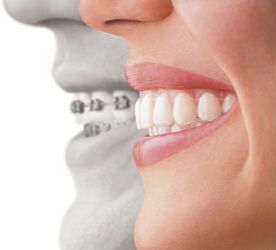
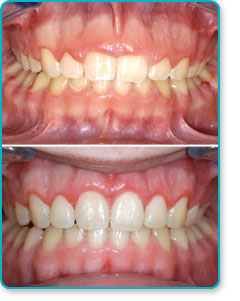
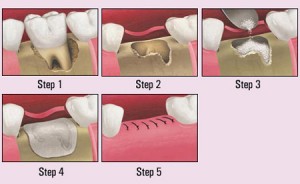
Bonding is among the easiest and least expensive of cosmetic dental procedures. The composite resin used in bonding can be shaped and polished to match the surrounding teeth. Most often, bonding is used for cosmetic purposes to improve the appearance of a discolored or chipped tooth. It also can be used to close spaces between teeth, to make teeth look longer or to change the shape or color of teeth.
